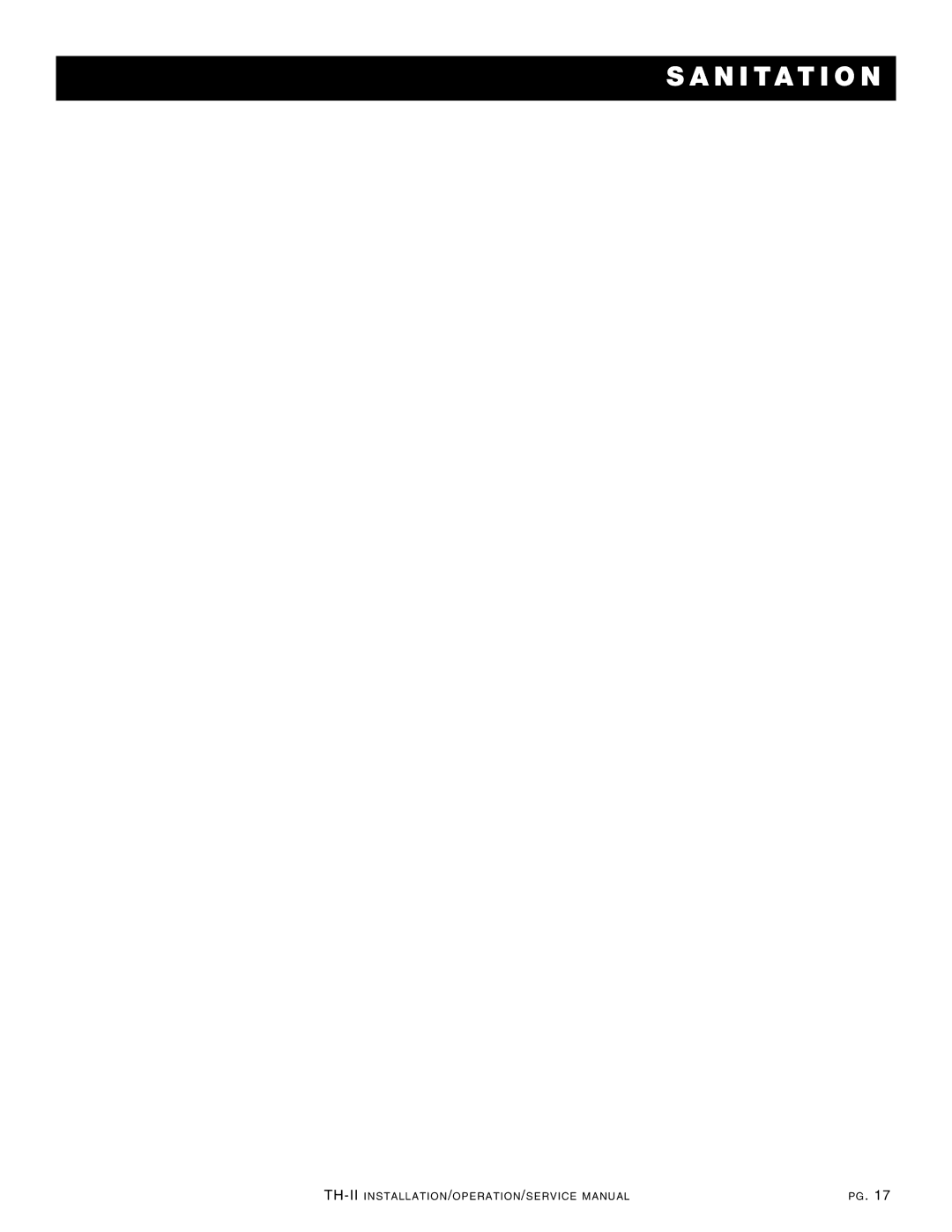1000-TH-II, 1000-TH-II-SPLIT, 750-TH-II specifications
The Alto-Shaam 750-TH-II is a state-of-the-art piece of cooking equipment designed for commercial kitchens seeking high performance, efficiency, and versatility. Known for its innovative technologies, this combitherm oven combines the functions of steaming, baking, and roasting, allowing chefs to prepare a wide array of dishes with remarkable precision.One of the standout features of the 750-TH-II is its advanced digital control system, which offers an intuitive interface for operators. The touchscreen controls provide simple navigation and programming, ensuring that chefs can easily adjust settings for different cooking methods. The programmable recipe feature allows for the storing of up to 1,000 recipes, streamlining the cooking process and ensuring consistency in food quality.
The oven also boasts a unique Halo Heat technology, which utilizes a patented heating system that evenly distributes heat throughout the cooking chamber. This radiant heat cooking method helps retain moisture in food, enhancing the overall flavor and texture of dishes. The 750-TH-II is designed to maintain stable temperatures, reducing the risk of overcooking and ensuring optimal results every time.
With its spacious cooking capacity, the Alto-Shaam 750-TH-II can accommodate large quantities of food, making it ideal for busy restaurants, catering operations, and institutional kitchens. The oven's multiple rack positions allow operators to customize their cooking configurations, while its two-speed fan ensures optimal airflow for even cooking across all levels.
In terms of energy efficiency, the 750-TH-II incorporates insulation that minimizes heat loss, contributing to reduced energy consumption. This not only lowers operational costs but also aligns with sustainability goals, making it an eco-friendly choice for commercial kitchens.
Furthermore, the easy-to-clean features of the Alto-Shaam 750-TH-II simplify maintenance. Its removable water reservoir and self-cleaning options help save valuable time in busy kitchen environments.
In conclusion, the Alto-Shaam 750-TH-II is a versatile, high-performance combitherm oven that combines innovative technology with practical functionalities. Its user-friendly digital controls, efficient cooking methods, large capacity, and easy maintenance make it an essential tool for any commercial kitchen looking to elevate their culinary offerings while optimizing operational efficiency.

